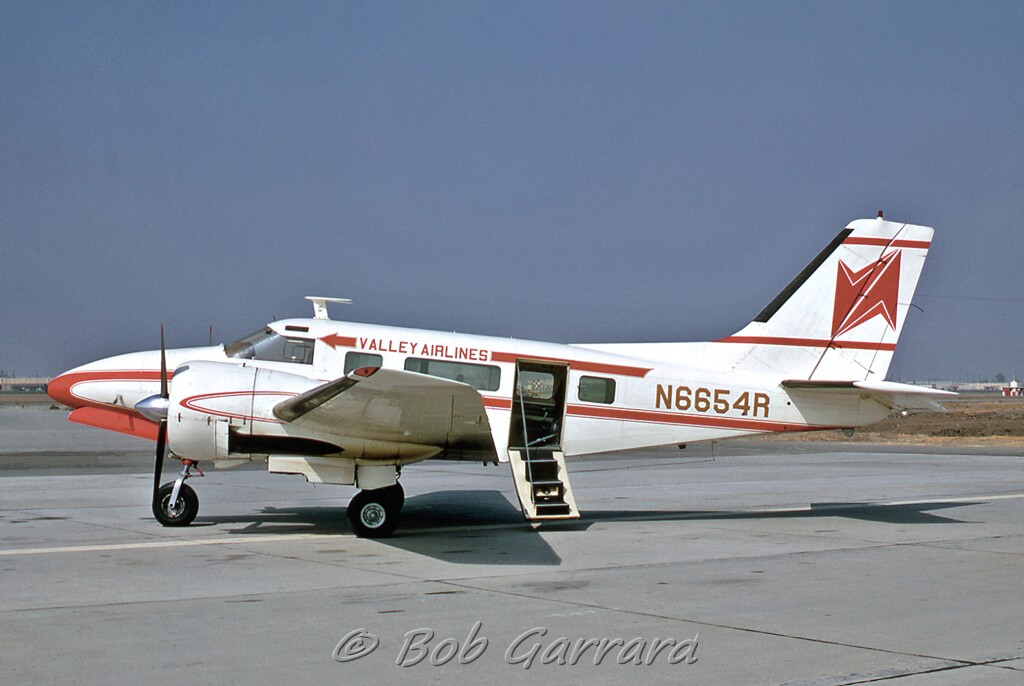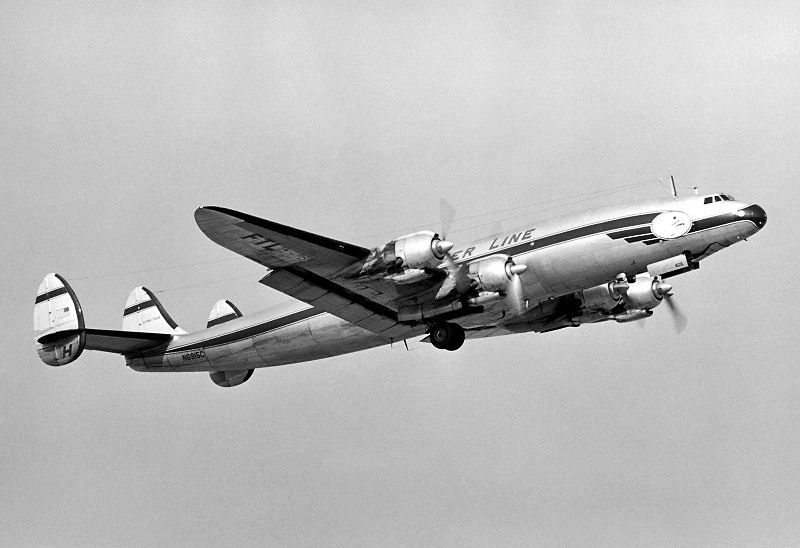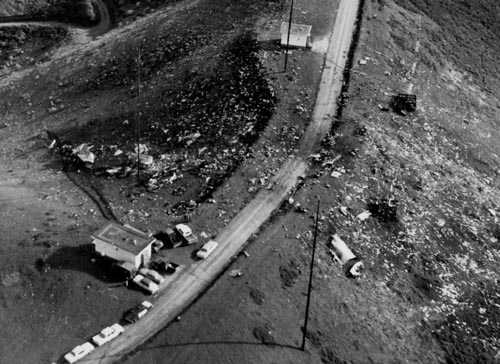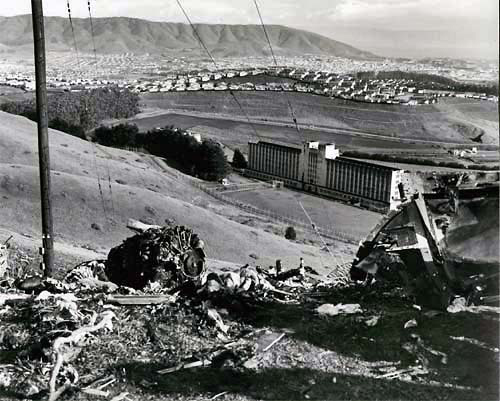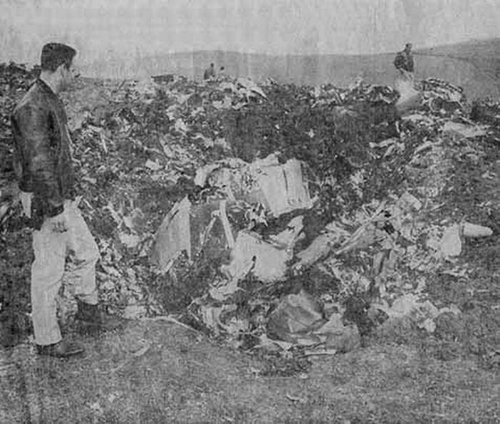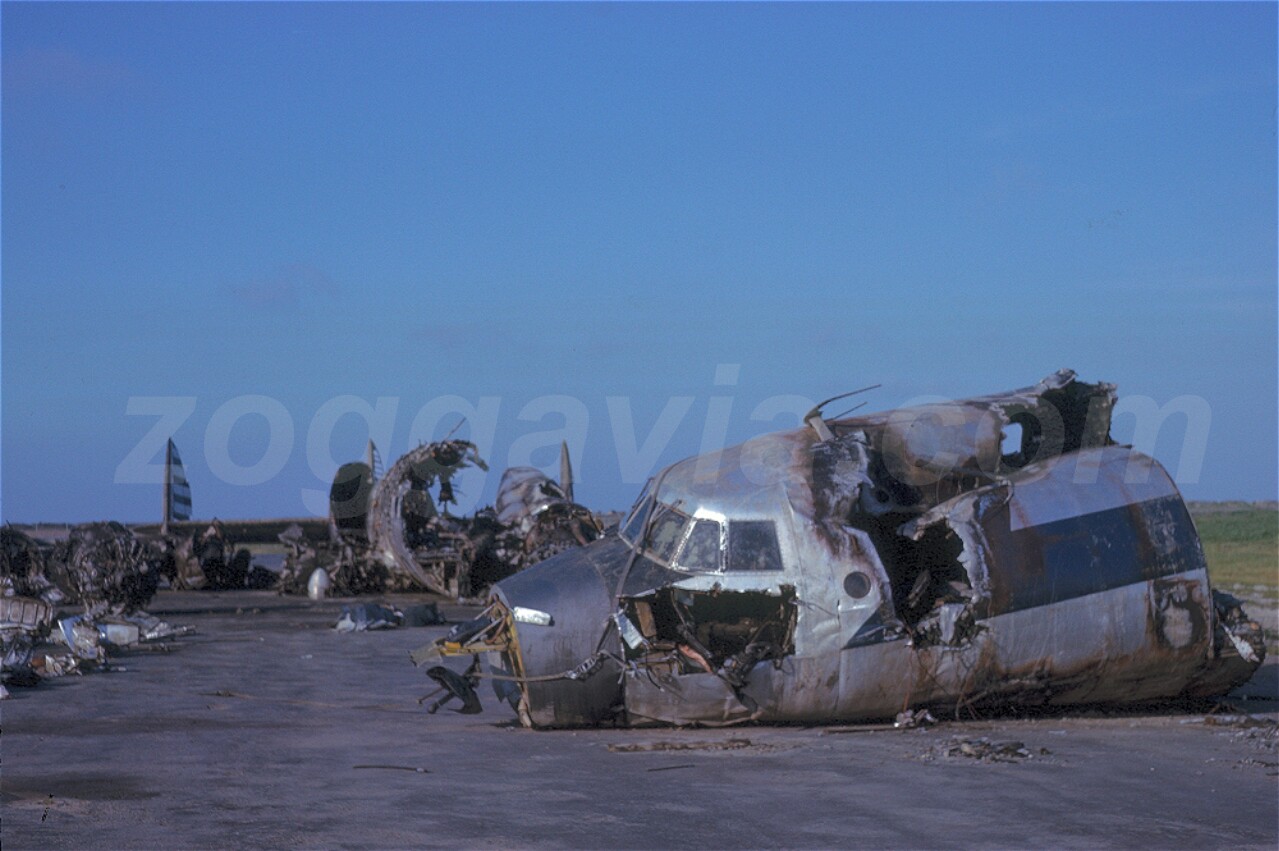Crash of a Beechcraft C-45H Expeditor off San Francisco
Date & Time:
Nov 2, 1970 at 1010 LT
Registration:
N6654R
Survivors:
Yes
Schedule:
San José – San Francisco
MSN:
AF-485
YOM:
1953
Crew on board:
2
Crew fatalities:
Pax on board:
2
Pax fatalities:
Other fatalities:
Total fatalities:
0
Captain / Total hours on type:
3300.00
Circumstances:
While approaching San Francisco Airport in foggy conditions, the crew reduced his altitude and passed below the minimum descent altitude when the twin engine airplane struck the water surface and crashed into the San Francisco Bay, few hundred yards off shore. All four occupants were injured and rescued while the aircraft sank and was lost. At the time of the accident, the visibility was reduced due to fog.
Probable cause:
Improper IFR operation on part of the crew who failed to follow the approved procedures. The following factors were reported:
- Low ceiling and fog,
- Inadequate preflight preparation,
- Weather considerably worse than forecast,
- Descended below MDA,
- Procedure requested identification of approach or runway lights not in effect by operator.
- Low ceiling and fog,
- Inadequate preflight preparation,
- Weather considerably worse than forecast,
- Descended below MDA,
- Procedure requested identification of approach or runway lights not in effect by operator.
Final Report:
